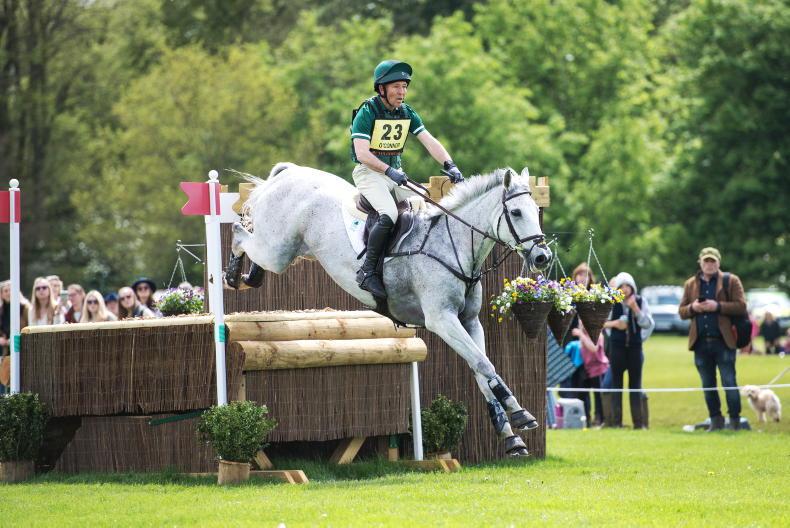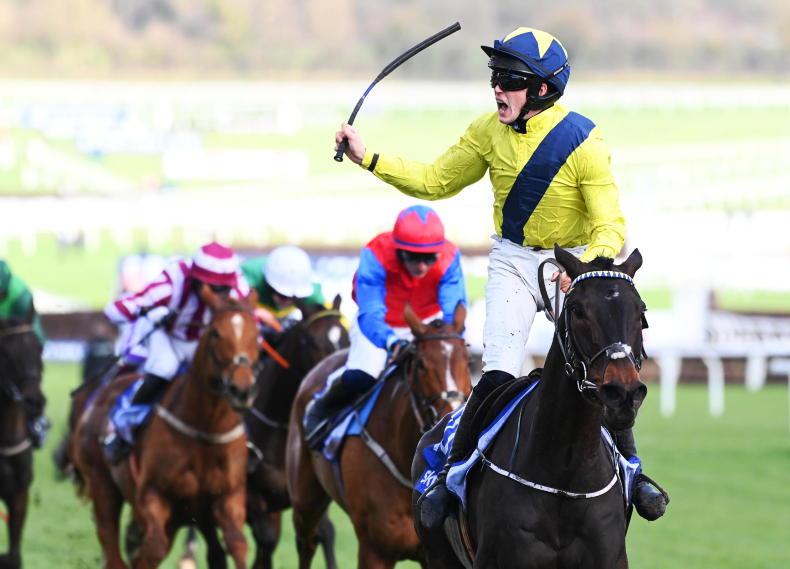THERE is a great reliance in our sport for immovable maxims which are seen as the one-size-fits-all solutions. One that particularly comes to mind and features at nearly every level is “if in doubt, kick”. The crux of this idea is somewhat logical; having enough energy for the job in hand. Having said that, training riders to kick like mad and ride numb does not stand to reason. The majority of riders can correctly feel what the horse is doing, but do not necessarily understand the correct response.
As coaches and riders our role is to develop the rider’s way of thinking and processing feel. Good developmental coaching will lead to appropriate and proportional reactions. Reflex training in both the horse and rider takes time, consistency and the development of muscle memory. I am often drawn to a quote from Harold Craxton of the Royal Academy of Music: “Amateurs practice until they can get it right; professionals practice until they can’t get it wrong.” How apt this is in the training of horses and riders for cross country.
As ever, it is worth reiterating that riders have four core responsibilities: looking and planning, speed, direction and balance. The horse is responsible for everything else. Watching the 5* Étoiles de Pau, it is appears obvious how riders at the top of the leader board put particular emphasis on trusting their training and partnership. It is incumbent on us as coaches, riders and trainers to install the responses and reflexes to answer the most difficult questions the sport of eventing has to offer.
Honesty - a learned skill
Honesty is often perceived as an innate quality in horses. Unlike humans, horses’ brains have a small pre-frontal cortex, meaning that they are capable of very limited higher functioning and reasoning like honesty or deception. On the other hand they have a highly developed amygdala, which means their innate hard-wired reactions are very strongly entrained.
Training horses to jump reliably takes a structured progressive programme of training (operant conditioning and habituation). Legendary cross country trainer and rider Lucinda Green’s approach to developing this skill is brilliant in its simplicity. Starting with skinny poles on the ground in trot she trains the horse and rider that they have to go under, over or through the fence - going out the side is not an option!
These fences are then built up to block height before the combinations are allowed to try anything else. These simple exercises evaluate how well the basic skills of cross country are installed in both horse and rider. Without these key skills riders cannot hope to progress towards successful eventing cross country.
Training the roadmap
with the horse
Just like a child learning letters, the young horse and green riders have to be introduced to the different shapes, so they can join the letters into words. If your aim is to compete at the legendary Badminton, both you and your horse need to start practicing reading these course questions. As horses are poor generalisers, as such, they need to be presented with different shapes of fences in a variety of contexts including terrain, topography, materials and the spook effect.
Showing the horse the context of each fence builds its mental catalogue of obstacles and the horse’s ability to offer the ideal answer to the question being asked of it. Mobile cross country fences can be ideal for this purpose as they can be moved to increase the database.
One of the key aspects of this training process is to understand that horses read fences much better when the rider is not applying huge amounts of pressure. In the early stages of training, starting with small fences, the horse can just step over if needed and this will help the horse understand his role in the partnership. Once the horse has consolidated the miniature versions at slower speeds, you can then work up to faster pace and larger versions step by step.
Joining up the words
Careful repetition and consolidation of a wide variety of fences slowly allows the horse to read the question and understand the answer. Once the answers are reliable, it is then time to start joining the fences together like words being joined into logical sentences. It is important to remember that good practice leads to substantial progress in a short time.
Developing the horse and riders’ ability to ride at pace is the next piece in the puzzle. While it is not usually advantageous to run horses at full speed in training as it can put soundness at risk, working up to about three-quarter speed should give you and the horse the feeling of jumping out of his stride at pace.
If your training has been effective, your role will be to guide the horse and control the speed, allowing the horse to read the questions. Once again a good coach will be able to assist you in developing your horse’s confidence moving at speed.
The most challenging thing for the rider to do is to select the optimal pace for each shape of fence and then allow the horse to do his job without dominating and micromanaging.
Bringing it together
To the outside observer, the three phases in eventing; dressage, show jumping and cross country are often seen as mutually exclusive. However, riders at the apex of our sport understand the importance of riding each of the phases with dedication to their co-dependent nature.
Remember coming down the centre line in dressage is the same accuracy skill as riding down to a skinny or a corner. By approaching each of the phases as an event rider rather than a dressage rider, hunter or show-jumper, you keep both you and the horse optimally in gear which will develop the partnership towards competition success.


 This is a subscriber-only article
This is a subscriber-only article
 It looks like you're browsing in private mode
It looks like you're browsing in private mode












SHARING OPTIONS: